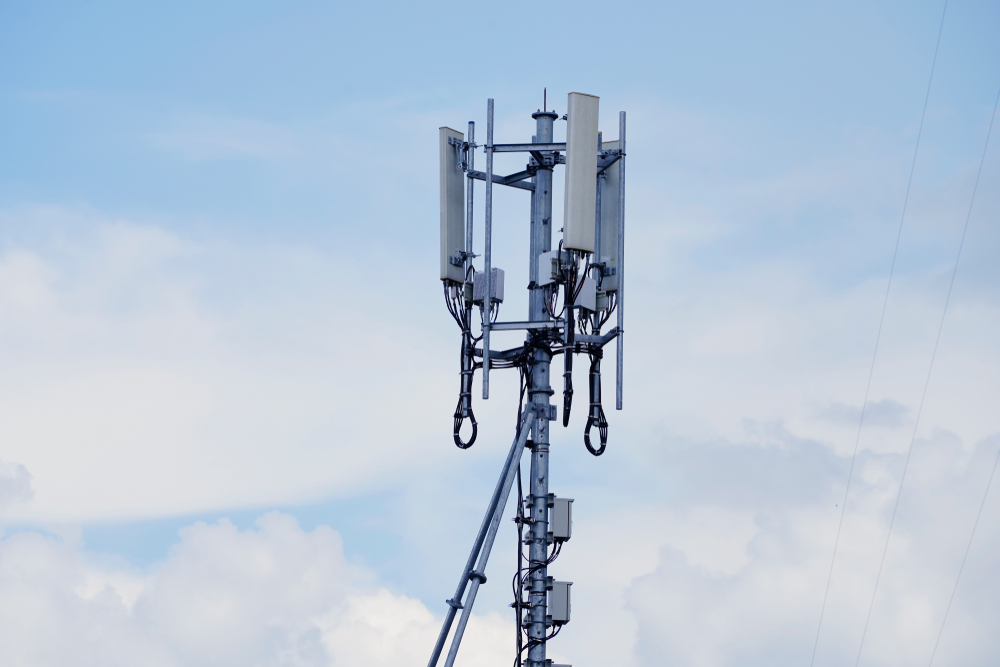We discuss the following topics in this blog:
- Benefits of Small Cells
- Four Key Factors Driving Small Cell Demand
- Issues and Challenges
In addition to these topics, we shall also be answering the following FAQs:
- What is WiFi?
- What is Optical Fibre Cable?
Contents
What are Small Cells and their key benefits?
Small Cells is gradually becoming a promising option to enable global connectivity in densely populated urban areas. Small Cells are low – powered radio access node that can function in a network range from 10 mts – 2 km and can operate on both licensed and unlicensed spectrums. The key benefits of small cells are: – managing large volumes of data traffic, improved network coverage and offer increased capacity. Small Cells are also capable of managing both indoor and outdoor connectivity
The global small cells market is expected to grow from $12.5 billion in 2017 to $58.7 billion in 2024
Let us Look at the Four Key Factors Driving Small Cell Demand
- Growing demand for smartphones and wireless devices: Increasing adoption of smartphone and interconnected devices is leading to data traffic congestion across networks. To resolve these challenges, small cells might become a feasible and cost effective option, it can easily manage the densification of networks
- Need for seamless indoor connectivity: Small Cells have the capability to provide network coverage in zero-coverage areas or places that have weak networks including shopping malls, hotels, and university campuses. Small cells can ensure seamless connectivity and manage the growing data traffic
- Demand for small cells surging in outdoor areas: Outdoor small cells usage has grown significantly both in rural and high dense urban areas owing to its capability to densify and reuse spectrum rather than buy new blocks of spectrum for macrocell coverage
- Role in 5G Enablement: The 5G network can support hundreds of gigabits of traffic from the core network and has the capability to support real time and machine centric applications. 5G would also be playing a critical role in midst of coronavirus epidemic, enabling real time contagion monitoring and can accurately spot a moving object’s temperatures in real time
But to bring 5G network in reality a simple upgrade of network will not be enough where we just add new spectrum and better radio technology. The network will be upgraded by creating ultra-dense and heavy traffic small cell sites connected to a backhaul network.
What are the Issues and Challenges?
While small cells ensure improved network coverage at a low cost, but the deployment bring new set of challenges such as the backhaul development of small cell network. A typical small site requires a cost effective and easy to install backhaul network which supports enhanced user experience across the RAN.
However, there is no one best solution to establish a small site backhaul network, there needs to be a trade –off between capacity, cost and coverage. There are many technology options available: – Copper Line, Fiber Optics, Wireless backhaul (Microwave) and Satellite Backhaul. Each of which has its own advantages and disadvantages. Both Government and Industry players have to play a significant role in creating an improved backhaul network.
Possible Way Forward
As small cells are key component of 5G strategy, it is anticipated that telecom operators will step up the small cell deployments at large scale. In order to meet the growing requirements of small cell deployment, it is crucial to have suitable solutions for backhaul. Fiber might be the preferred wired backhaul solution as it has significant inherent bandwidth carrying capability and several other techniques (WDM technology and Dense WDM), it can be leveraged to offset any bandwidth related constraints).
But laying fiber to connect all cells will not always be feasible due to cost and logistics of deploying fiber, although the cost of fiber has decreased over a year, but it can take several months to provision several small sites with fiber optic backhaul.
Therefore, Telecom operators, government bodies, backhaul equipment providers all have to work together to overcome the hurdles in small cell deployment and create a sustainable ecosystem.
FAQs
What is WiFi?
Put simply, WiFi is a technology that uses radio waves to create a wireless network through which devices like mobile phones, computers, printers, etc., connect to the internet. A wireless router is needed to establish a WiFi hotspot that people in its vicinity may use to access internet services. You’re sure to have encountered such a WiFi hotspot in houses, offices, restaurants, etc.
To get a little more technical, WiFi works by enabling a Wireless Local Area Network or WLAN that allows devices connected to it to exchange signals with the internet via a router. The frequencies of these signals are either 2.4 GHz or 5 GHz bandwidths. These frequencies are much higher than those transmitted to or by radios, mobile phones, and televisions since WiFi signals need to carry significantly higher amounts of data. The networking standards are variants of 802.11, of which there are several (802.11a, 802.11b, 801.11g, etc.).
What is Optical Fibre Cable?
From a deployment standpoint, we have Non-Standalone Mode(NSA), Dynamic Spectrum Sharing(DSS), and Standalone Mode (SA). The initial deployments of 5G NR are based on NSA standards, meaning the existing 4G LTE network will operate on the control plane, and 5G NR will be introduced to the user plane. This particular standard was introduced by 3GPP, keeping in mind the industry’s push to faster 5G services rollout while utilizing the existing 4G LTE infrastructure currently in place. On the other hand, operators are also implementing Dynamic Spectrum Sharing (DSS) to accelerate the deployment cycle, which will reduce costs and improve spectrum utilization. In this standard, the same spectrum is shared between the 5G NR and 4G LTE, multiplexing over time per user demands. Lastly, we have the Standalone Mode (SA), which moves towards a complete 5G based network where both signaling and the information transfer are driven by a 5G cell.
An optical fibre cable is a cable type that has a few to hundreds of optical fibres bundled together within a protective plastic coating. They help carry digital data in the form of light pulses across large distances at faster speeds. For this, they need to be installed or deployed either underground or aerially. Standalone fibres cannot be buried or hanged so fibres are bunched together as cables for the transmission of data. This is done to protect the fibre from stress, moisture, temperature changes and other externalities. There are three main components of a optical fibre cable, core (It carries the light and is made of pure silicon dioxide (SiO2) with dopants such as germania, phosphorous pentoxide, or alumina to raise the refractive index; Typical glass cores range from as small as 3.7um up to 200um), Cladding (Cladding surrounds the core and has a lower refractive index than the core, it is also made from the same material as the core; 1% refractive index difference is maintained between the core and cladding; Two commonly used diameters are 125µm and 140µm) and Coating (Protective layer that absorbs shocks, physical damage and moisture; The outside diameter of the coating is typically either 250µm or 500µm; Commonly used material for coatings are acrylate,Silicone, carbon, and polyimide).
An optical fibre cable is made up of the following components: Optical fibres – ranging from one to many. Buffer tubes (with different settings), for protection and cushioning of the fibre. Water protection in the tubes – wet or dry. A central strength member (CSM) is the backbone of all cables. Armoured tapes for stranding to bunch the buffer tubes and strength members together. Sheathing or final covering to provide further protection.
The five main reasons that make this technology innovation disruptive are fast communication speed, infinite bandwidth & capacity, low interference, high tensile strength and secure communication. The major usescases of optical fibre cables include intenet connectivity, computer networking, surgery & dentistry, automotive industry, telephony, lighting & decorations, mechanical inspections, cable television, military applications and space.













